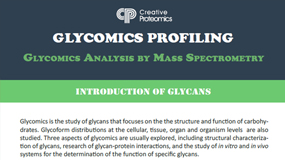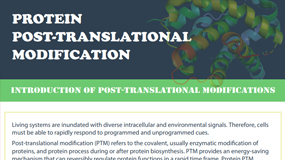Lignin is one of the most abundant aromatic biopolymer in nature and accounts for nearly 30% of the plants. Its deposition in the cell wall plays vital roles for plant development, such as providing rigidity and strength to the cell wall to give structural support for the plant cell wall. Lignin exhibits hydrophobicity in favor of the transport of water and solutes in the vascular system. It also protects the cell against pathogens.
Lignin is composed of chemical combinatorial, stereoirregular linkages, which are formed to a heterogeneous and chemically complex via free radical coupling reactions in the cell walls of vascular plants. It is intimately associated with the other structural components of the cell wall (e.g. cellulose and hemicelluloses) by covalent linkages. Compared to cellulose and hemicelluloses, lignin has been considered an obstacle in cellulosic bioethanol production owing to the complexity involved in its separation from other polymers of various biomass feedstocks. However, lignin is a potential source of valuable aromatic chemical compounds and upgradable building blocks.
The lignin content varies from species to species. Generally, it ranges between 5 and 12% in monocotyledons, between 25 and 35% in softwoods and between 15 and 30% in hardwoods. The structural arrangement of lignin is also quite different in these three species. Because of these structural features, it is usually difficult to measure the content of lignin quantitatively.
 Figure 1. Qualitative analyses of the lignin extract using UV-vis spectroscopy. Inlet shows the quantitative analysis of the powdered lignin extract [1]
Figure 1. Qualitative analyses of the lignin extract using UV-vis spectroscopy. Inlet shows the quantitative analysis of the powdered lignin extract [1]
The most commonly-used method for quantitative analysis of lignin is the Klason method. It is a gravimetric method to measure insoluble material in plant cell wall after hydrolysis with 72% H2SO4. It is often coupled with spectrophotometric technique for the determination of acid dissolved lignin. An Ultraviolet-Visible spectroscopy device is typically used to determine the acid soluble lignin concentration in various plant samples after acid hydrolysis. The example of qualitative analysis of the NADES (Natural Deep Eutectic Solvent) extracted lignin by UV/Vis shows a strong peak at 280 nm, suggesting that the extracted solution contains components with aromatic ring structures of lignin (shown in Figure 1). The prominent peaks correspond to the principle aromatic structural components of lignin. This method is described as a user-friendly and adaptable analytical technique for the quantification of lignin content in deep eutectic solutions. It provides the best results with regard to the structural differences between lignins.
As one of the leading companies in the omics field with over years of experience in omics study, Creative Proteomics provides glycomics analysis service customized to your needs. Contact us to discuss your project.
How to place an order:

*If your organization requires signing of a confidentiality agreement, please contact us by email.
Reference
- Kumar AK, Parikh BS, Pravakar M. (2016) Natural deep eutectic solvent mediated pretreatment of rice straw: bioanalytical characterization of lignin extract and enzymatic hydrolysis of pretreated biomass residue. Environ Sci Pollut Res Int., 23(10):9265-75.




















